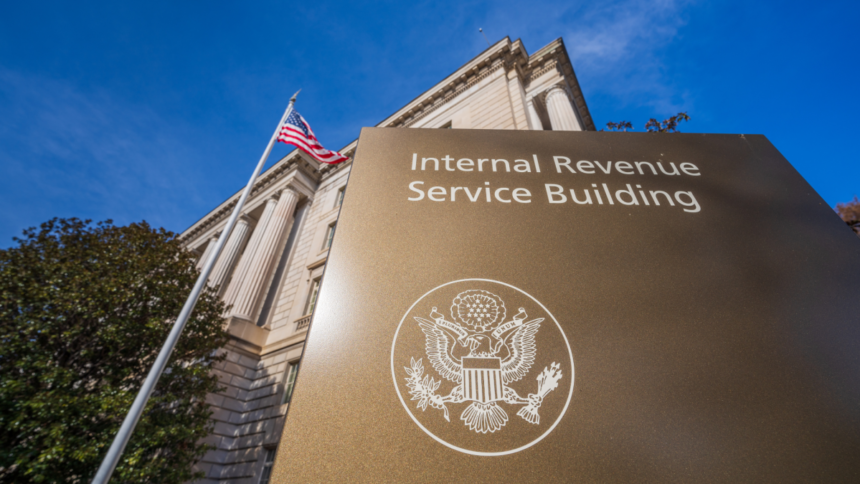Understanding Individual Retirement Accounts (IRAs)
Individual Retirement Accounts (IRAs) are accessible to anyone earning taxable income, even if you participate in an employer-sponsored retirement plan. Just like other retirement savings options, IRAs offer tax benefits: contributions to a traditional IRA may provide a current tax deduction, while distributions from a Roth IRA are generally tax-free in the future. For the year 2024, the total contribution limit to these accounts is capped at $7,000, or $8,000 if you’re aged 50 or older.
If you hold multiple IRAs, such as both a Roth IRA and a traditional IRA, the cumulative contributions across all accounts must not exceed $7,000, rather than allowing $7,000 per account. You can allocate the contributions between accounts as desired, but it’s important to note the limitations on Roth IRA contributions that depend on your income and tax filing status. Additionally, there are deduction limits for traditional IRAs if either you or your spouse are covered by an employer-sponsored retirement plan.
While contributions to certain retirement accounts must be completed by December 31st to receive tax benefits for that year, there is an extended deadline for IRA contributions.
When Is the IRA Contribution Deadline?
Contributions for your IRA must be completed by the tax filing deadline for that year. For instance, you have until April 15, 2025 to contribute to your IRA for the 2024 tax year. This timeline continues for subsequent years, with contributions for 2025 accepted until April 15, 2026.
Keep in mind that filing for an extension for your tax return does not extend the deadline for making IRA contributions.
Why Maxing Out Annual Contributions Makes Sense
If you haven’t reached the contribution maximum for your IRA(s) in 2024—perhaps due to opening the account later in the year or making smaller contributions—you can still apply additional contributions in early 2025 toward your 2024 limit. If your financial situation improves and you find more funds to invest later in 2025, maximizing contributions for both years will optimize your tax advantages. Furthermore, by elevating your contributions for 2025 before year-end, you can position yourself to contribute a significant amount at the start of 2026. This approach allows for more time for compounding to take effect, enhancing your investment growth in the long run.
Modifying Your Preferred Tax Year for Contributions
Typically, contributions to your IRA will automatically apply to the tax year in which they are made: any deposits made before December 31, 2024, will count toward your 2024 limit, while those made on or after January 1, 2025, will apply to 2025. Should you wish for contributions deposited from January 1 onward to be counted against the previous tax year, contacting your brokerage is necessary. They may allow you to manage this preference proactively or retroactively, but be sure to check their specific procedures.
If you inadvertently exceed the annual contribution limits, you have until your tax return is filed to correct the issue by withdrawing or reclassifying the excess amount. Failing to do so may result in a 6% tax penalty on the excess.












